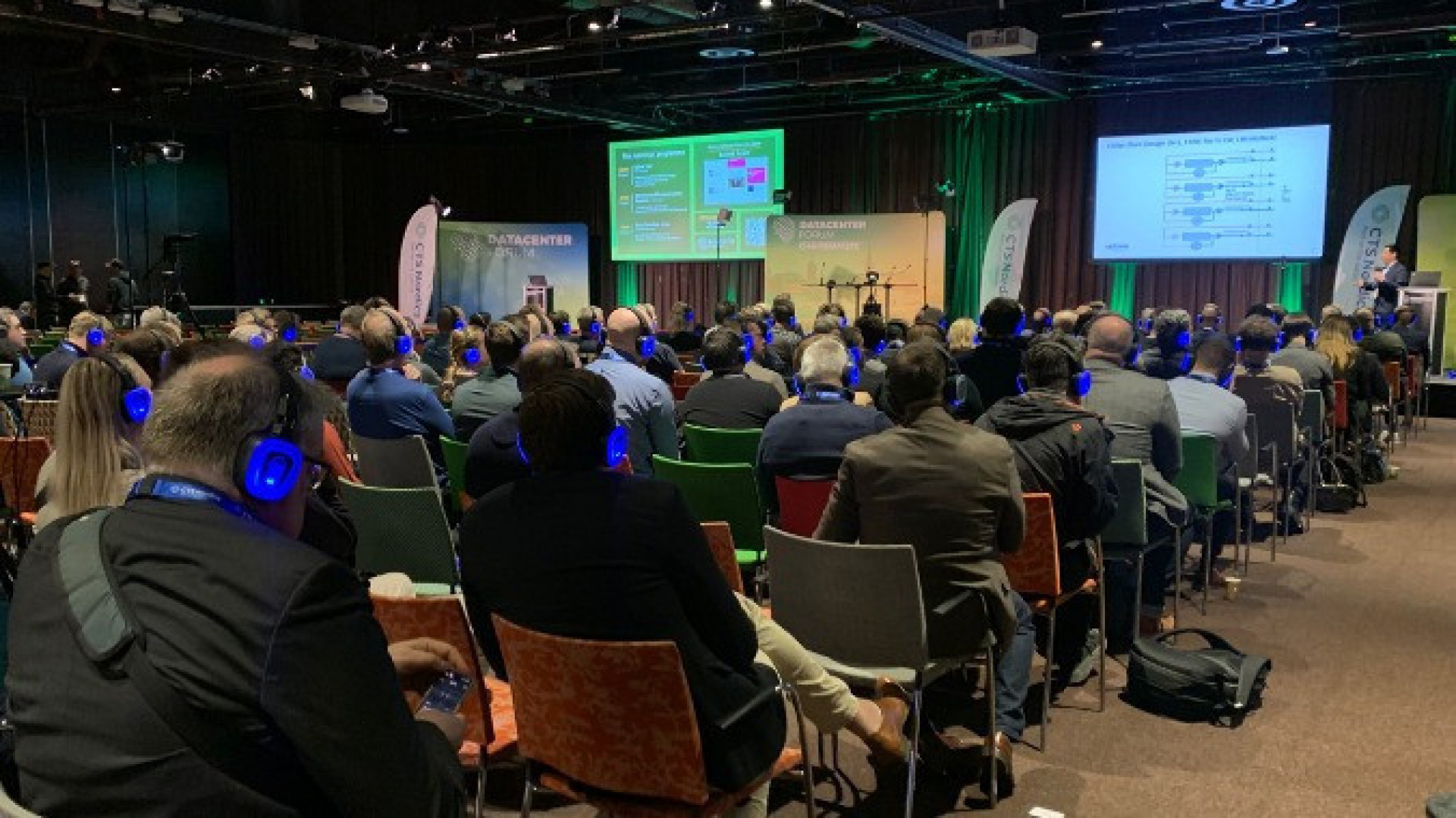Knowledge is Power.
Rack Power Management, like many areas of Information Technology Infrastructure has evolved in recent years and the options available today enable better usability, energy efficiency and capacity planning. However, there are common misconceptions that all Power Distribution Units (PDUs) are created equal (in this instance we do not mean manufacturers, although like most industries there are many variances) but instead we are referring to the levels of technology, functionality and features.
There are often varying power specifications depending on the usage requirements within areas of the network. In conjunction with Design / MEP Consultants power should be scaled, from the distribution board to rack level to provide the most power efficient solution for the End Client. In many cases this would provide a cost reduction and better return on investment in relation to the quantity of feeds to the distribution board.
The rack mounted hardware, application and incoming power would have a bearing on the Intelligent rack mounted PDU technology levels – whether monitored, metered and outlet switched, or outlet switched with outlet metering. Although the higher the level of technology the greater the cost per unit, it is worthwhile looking at expansion and planning to ensure that the solution meets the future demands of the business.
Given the mission critical nature of the environment the intelligent rack PDU should be designed, built and manufactured to provide extremely high levels of resilience. Areas that can be used to benchmark this are hot swappable digital local touchscreen display’s and hot swappable DC power modules that are typically used within the metered and outlet switched, and the outlet switched with outlet metering PDU models. Also make certain latchable relays are included at the socket or receptacle level which will always ensure the supply of AC power at the receptacle or are always in there last state in the event of component failure.
Multi-Tenant and Enterprise Data Centres.
Multi-Tenant Data Centres (MTDC) whether retail or wholesale colocation have an array of clients from IT and Telecom, Healthcare, Defense, Manufacturing, Retail, many of whom also operate their own on-premise Enterprise Data Centres. However, power requirements can differ between the two requiring PDU solutions to suit each type of facility. For example, co-location may have higher density higher power 63A requirements which is less likely in a lower density Landlord/MER environment or in an End Users own data centre requiring 16A or 32A solutions.
The utilisation of intelligent PDUs means the power usage data such as current (AMP), voltage (Volt), power (KW), energy consumption (KWh), and power factor of the entire PDU, is available. This data can be collated and reported using a web-based Graphic User Interface (GUI) or integrated into an existing Building Management System (BMS) or third party DCIM via SNMP. This data is easily accessible remotely by engineers with appropriate administration rights, negating the need to attend site and have physical access to each individual rack by an engineer. The PDU data can be used for inter-departmental billing where relevant for Enterprises or as a revenue stream for MTDCs providing accurate billing data to clients, when meter reading accuracy of the PDU is within +/- 1%.
With Enterprises/End Clients, the data required to be captured and the inter-departmental requirements also need to be taken into consideration to ensure the power management solution is fit for purpose.
The New Normal.
The digital transformation of organisations, the increase in remote working (especially due to the COVID-19 pandemic) and our reliance on online services including financial platforms, streaming entertainment services, social media and communication applications, have increased the amount of data we are all generating.
“With the world’s internet users spending an average of 6 hours and 43 minutes online each day, the typical user now spends more than 40 percent of their waking life using the internet” - Digital 2020 report, we are social
The average rack power density has also risen from under 5kw per rack, now reaching up to 20kw per rack, due to advancement in areas such as High-Performance Computing (HPC) where evolving technologies like the Internet of Things, Artificial Intelligence and 5G provide vast quantities of data.
Server racks as a result require up to four PDUs to be mounted; the most common solution is to install a minimum of two PDUs in each rack to allow the continuation of both primary and redundant (A & B) power feeds. This reduces the chance of unplanned power outages at the rack equipment level by adding in a level of resilience.
Organisations should consider different coloured PDU chassis to allow clear visual identification of the PDU’s for technicians and engineers, therefore reducing the chance of human errors whilst work is undertaken in racks/cabinets. The colours should follow the power chain throughout the data centre estate. Alternatively, to save valuable rack space Dual Feed PDUs can be installed, where the primary and redundant feed are in one PDU providing an overall cost saving to the end client. These can still have colours applied to differentiate the primary and redundant feeds.
Global organisations, whether taking space in co-location or utilising their own IT estate, need to consider local variations such as voltage, input, and socket types for each geographic location / office. The same rack PDU will not be suitable in each location or for every application within the organisation, and PDU features should be carefully considered to provide the best performance in each scenario.
Supporting Role.
The benefits of intelligent rack PDUs are not limited to traditional IT and Data Centre installations. Cities and building design have evolved to become smarter, with intelligent infrastructure playing a vital role. Within new office and mixed-use buildings, including the spectacular high-rise towers under development in the city of London, intelligent power strips can be found supporting professional Audio-Visual equipment, CCTV, Access Control, network infrastructure and lift control.
As such installations encompass high value equipment, it would be worth considering powering it with PDUs featuring individual socket fusing to provide an additional level of protection. Socket switching functionality would also enable equipment to be bought back online gradually and without overloading systems. Where cord retention is critical, the addition of secure cords with the PDU installation is recommended.
Cooling Considerations.
Rack Power Distribution Units should be designed and built to operate at temperatures of up to 60°C to withstand the temperatures reached within racks and aisle containment solutions. However, with PDU model sizes increasing to accommodate the growing hardware housed in racks and the increase in power density generating further heat, environmental management options should also be considered.
Integrating environmental sensors with the intelligent PDUs allows parameters to be set to monitor temperature/humidity fluctuations. Setting of alarms and thresholds provides early detection of issues within the rack and can also include smoke and water sensors. All of which can be monitored and managed remotely negating onsite attendance, especially when travel restrictions are in force and organisations would rather not have employees traveling between multiple sites when they can work from home or a single location.














